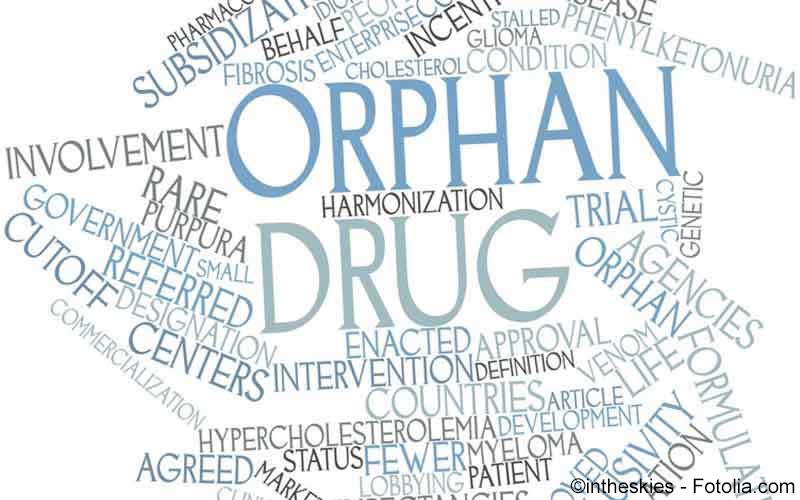
The Diligent Search tool – developed by the Centre for Intellectual Property Policy and Management (CIPPM) at Bournemouth University guides you through the necessary steps of a diligent search: 2. This is also consistent with orphan works schemes which operate in other countries. The nature of ‘diligent search’ has not been expressly defined, but guidance produced by the IPO requires a search for the unknown copyright owner through relevant databases which list copyright owners, national libraries’ indices, advertising in newspapers and the Internet, and so on. This means that before any work can qualify as an orphan work you must carry out a thorough search for the copyright owner to be verified by the IPO, which has been appointed as the independent licensing body for orphan works within the UK. When will a work qualify as an orphan work?Ī work will qualify as an orphan work after a ‘diligent search’ has been carried out and it is established that the owner of the copyright cannot be identified, or if identified cannot be located. The criteria set out in the new regulations are explained in more detail below: 1. However, as of 1st January 2021 and due to UK’s exit from the EU, the exception has now been repealed from the UK copyright law, leaving licensing as the only option. Until 31 st December 2020, an Orphan Works exception allowed certain uses of works by UK cultural heritage institutions.

Now, a new licensing scheme allows users to apply for a licence to use orphan works for both commercial and non-commercial purposes within the UK. However, in October 2014, changes were made to UK copyright law following recommendations for copyright reform in 2011. There were attempts to address the orphan works issue in 2006 and again in 2010, but without success. Until 2014, the UK did not have an orphan works scheme. Implementing an orphan works provision in the UK An Impact Assessment Report on Orphan Works published by the Department of Business, Innovations and Skills in June 2012 stated that ‘up to 2,500 museums, 3,393 public libraries, 3,000 community archives, 979 academic libraries and approximately 3,500 trust archives’ which hold orphan works would benefit from having such a scheme. Introducing an appropriate orphan works scheme is intended to promote creativity and innovation by allowing new uses to be made of this material, while at the same time protecting the interests of the copyright owners of these orphan works. Unlocking the potential of these orphan works has been a key issue for the copyright regime. That is, if you do not know whom to ask for permission then, unless your use of the work is covered by an existing exception to copyright, you cannot make use of the work, at least not without infringing copyright. For example, a filmmaker who wants to include a piece of music protected by copyright in a documentary will be unable to do so if the owner of the copyright in the music is either unknown or cannot be identified. Orphan works can be a real problem for users who want to make use of such work, whether for commercial or non-commercial purposes.

A work – such as a book, a piece of music, a painting or a film – in which copyright exists, but where the copyright owner is either unknown or cannot be located is referred to as an ‘orphan work’.


 0 kommentar(er)
0 kommentar(er)
